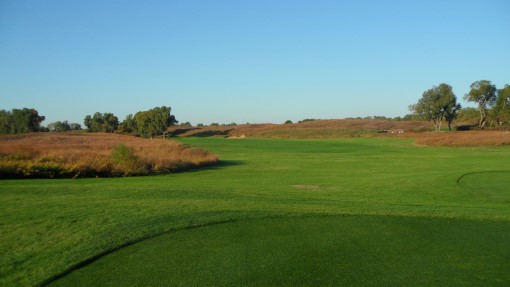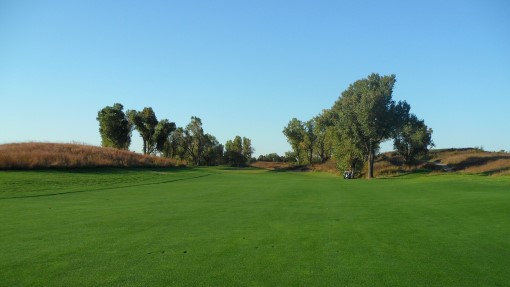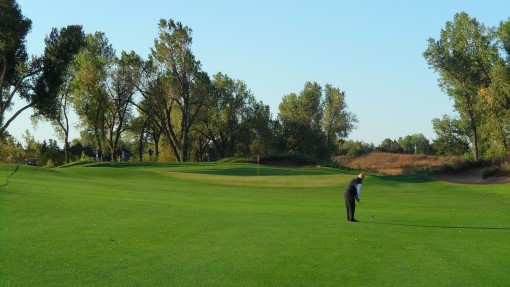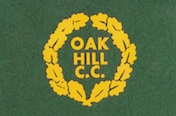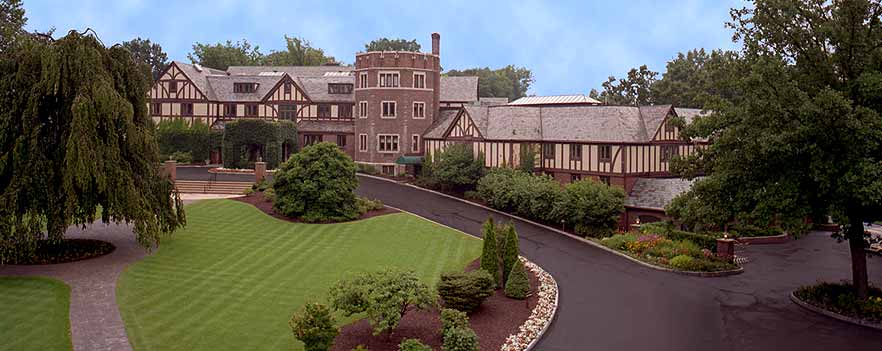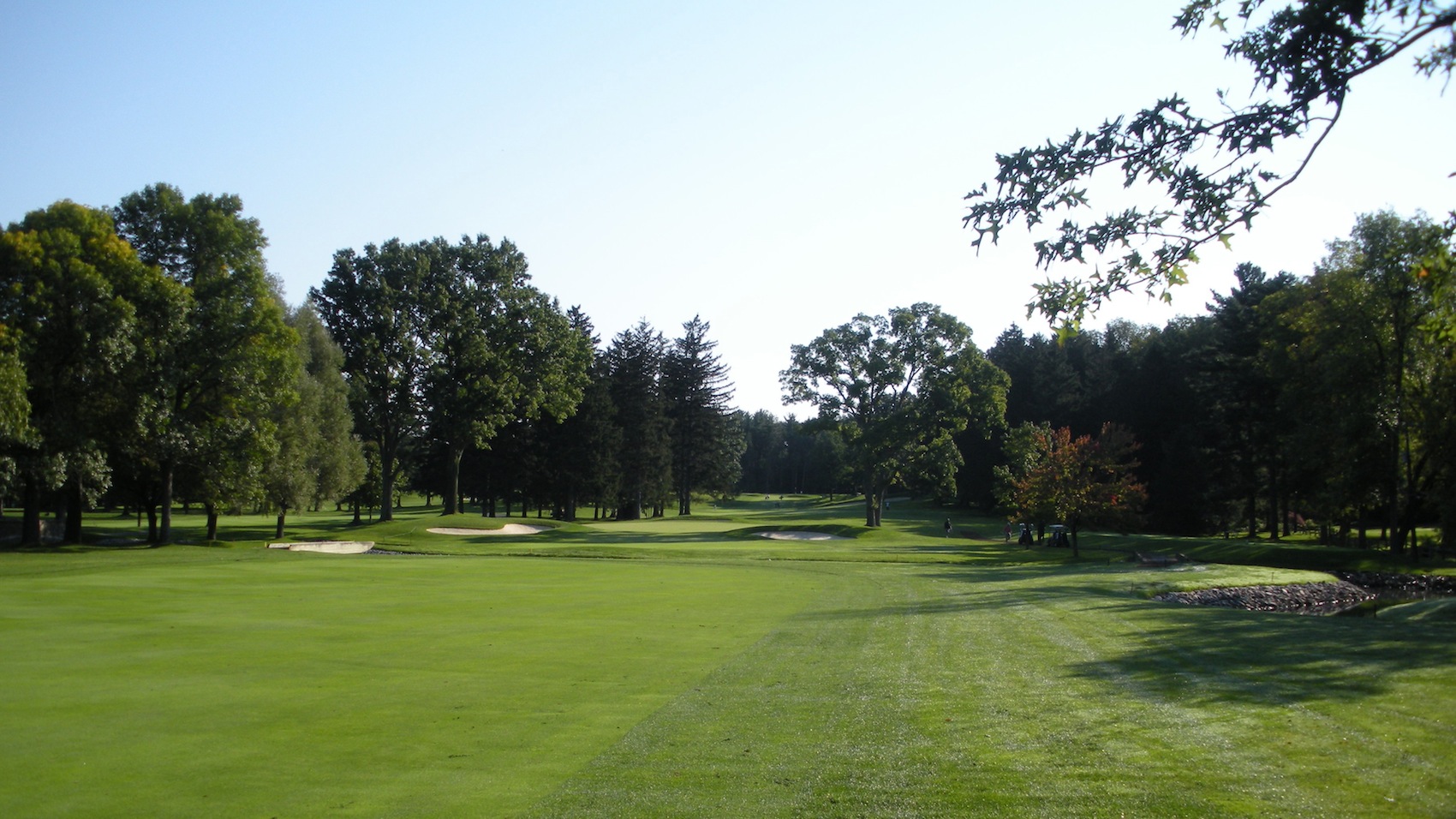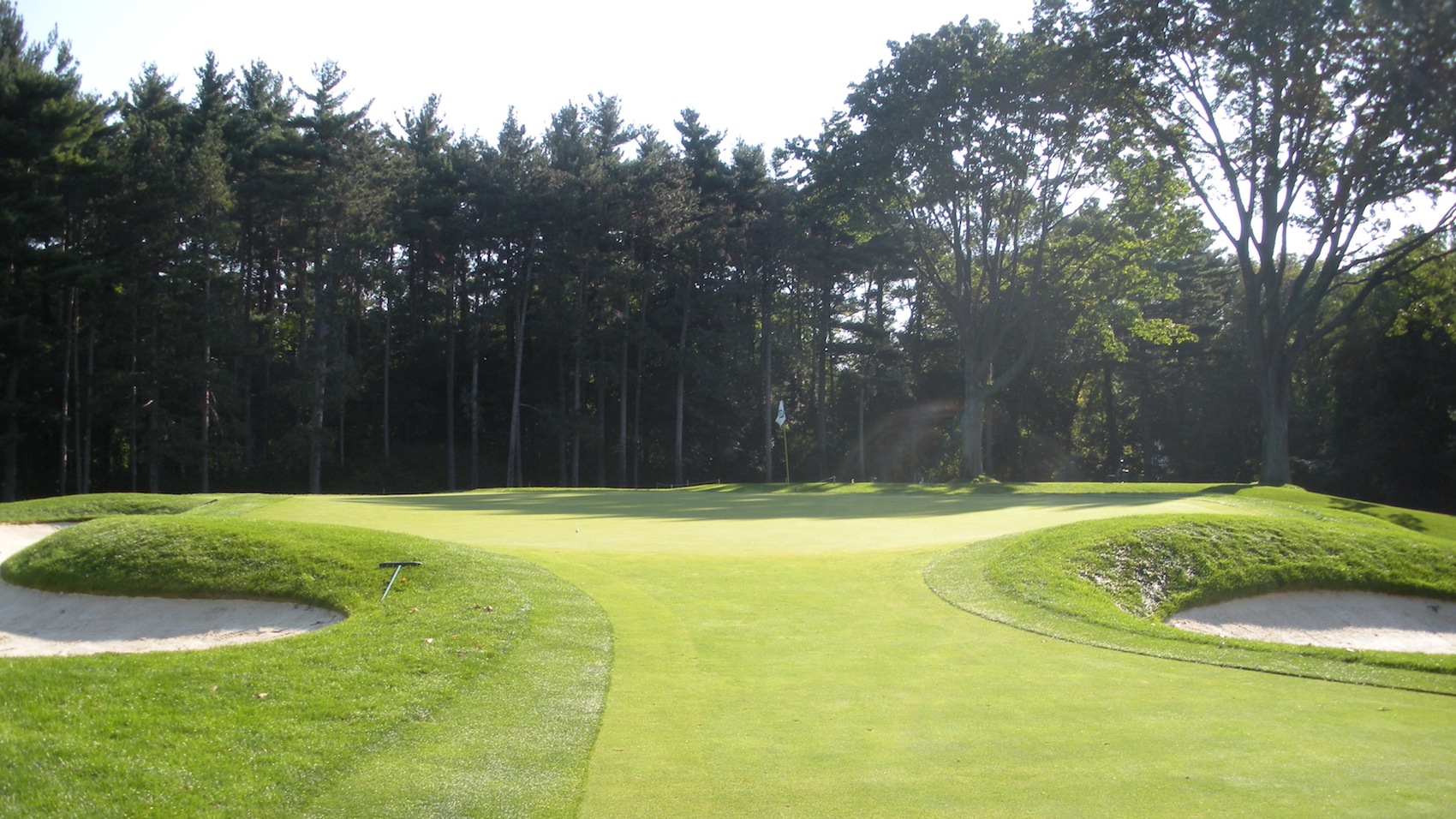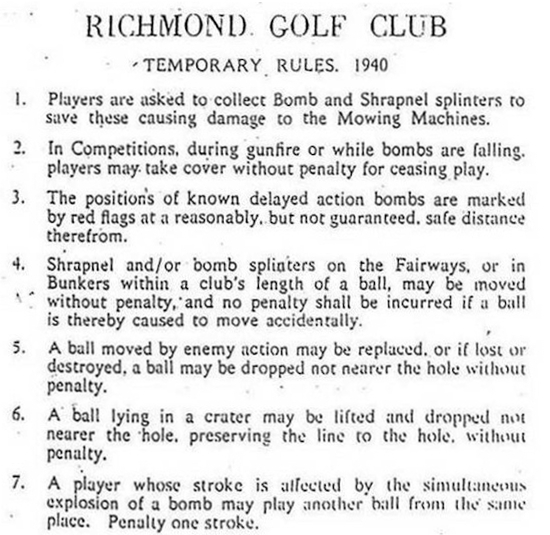Continuing with our series from the The Itinerant Golfer’s quest to play all top 100 American golf courses, The Scratch Pad is glad to bring you a profile of the 15th in the list – Chicago Golf Club.
 Architect: C.B. MacDonald / Seth Raynor
Architect: C.B. MacDonald / Seth Raynor
Year: 1894 / 1923
25W253 Warrenville Road
Wheaton, Illinois 60189
(630) 665-2988
– Course Access: Private
– Driving range available
– Motorized golf carts and caddies available
– On-site accommodations
– U.S. Open – 1897, 1900, 1911
So why is the Chicago Golf Club one of the most important clubs in America you ask? Where shall we start? Lets see, for starters it was the first 18 hole golf course in North America and the club that established the modern Out of Bounds rule. Next, you have that the club was founded by the first US Amateur champion and de facto father of American golf, Mr. Charles Blair Macdonald. If any more evidence of the clubs importance were necessary, you can make note that Chicago Golf Club is one of the original five clubs that founded the USGA in 1894. If you’re looking for a place that has had a profound impact on golf in America, look no further than Wheaton, Illinois and the Chicago Golf Club.
And why has the golfing public at large never heard of this clearly significant and important club? Well, there are just 125 members and a great many of them play their primary golf at other clubs in the area. This results in very, very little play at Chicago Golf Club. The lack of play also means that guest invites are terribly rare, and truly something to be cherished by the lucky golfers who receive one. When I started the Top 100 quest back in 2007 I identified Chicago Golf Club as one of the five courses that may keep me from completing the quest. Everything I learned over the next three years confirmed that my fears were indeed well founded. In short, getting a chance to play Chicago Golf Club may be as likely as getting struck by lightning.
When the day arrived and I pulled into the driveway at Chicago Golf Club I was pretty excited. After parking my car I went into the locker room to change my shoes and have a look around. The first thing I noticed in the locker room were the cool subway tiled walls which were very popular in the late 1800s/early 1900s and the old metal lockers found at many of the great clubs from this era. I love a locker room with a vintage vibe so I had a good feeling about this place immediately. As would be expected the walls were adorned with golf memorabilia from the club’s history including one of the five original signed documents incorporating the USGA. It was pretty neat to see this important golf document and C.B. Macdonald’s bold signature in the flesh.
Before we tee off so to speak, I’ll give a very brief history of the course itself. Chicago Golf Club was founded in 1892 and at the time was located in Downers Grove, Illinois on Belmont Avenue. In early 1894 the club moved to the current location and C.B. Macdonald laid out the first 18 hole golf course in the United States. As years went by Macdonald felt that the technology of the game was advancing beyond the golf course he had created and it was necessary to redesign the course. He requested his protegee, Seth Raynor, do the work and in 1923 a new course was born. Raynor’s revisions and changes along with a handful of Macdonald’s original holes is the course that remains today.
As we prepared to start our game and discussed the tee selection there was not really much of a decision necessary as far as I was concerned. The back tees played 6,846 yards which on a par 70 course is a pretty serious test. We elected for the considerably more manageable 6,571 yard white tees.
The 1st hole is a 450 yard par 4 and is absolutely not your typical warm up starting hole. The golfer needs to be at ready from the start when teeing it up here. The photo below was taken from the tee and the best line of play is up the right side of the hole as the fairway falls off to the left.
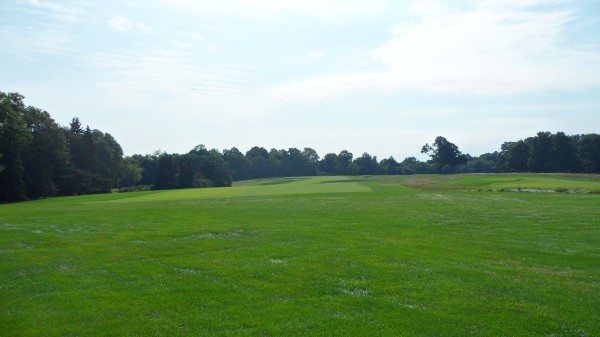
The photo below is where I hit my approach shot from (the rough of course). I was still a good 200 yards out.
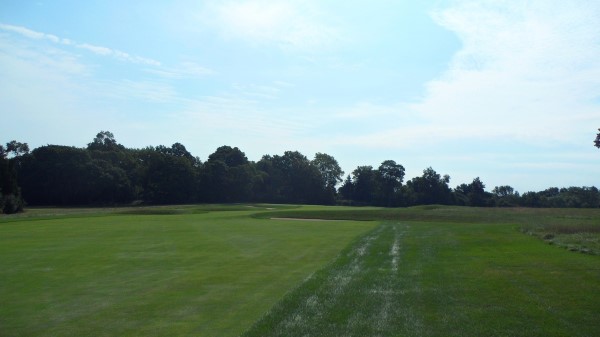
The 2nd hole, pictured below, is Raynor’s version of the Road Hole at St. Andrews. This one plays 440 yards from the white tees. Anything in the middle is just great here. The approach shot will be another long one.
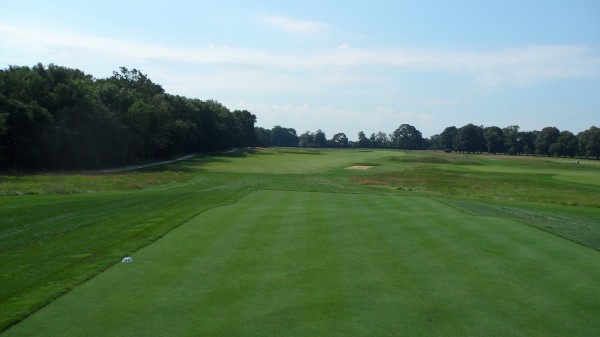
The photo below is of the approach shot on the 2nd hole. Note the Road Hole bunker at the front left.
Continue reading “Top 100 Courses: #16 Chicago Golf Club”
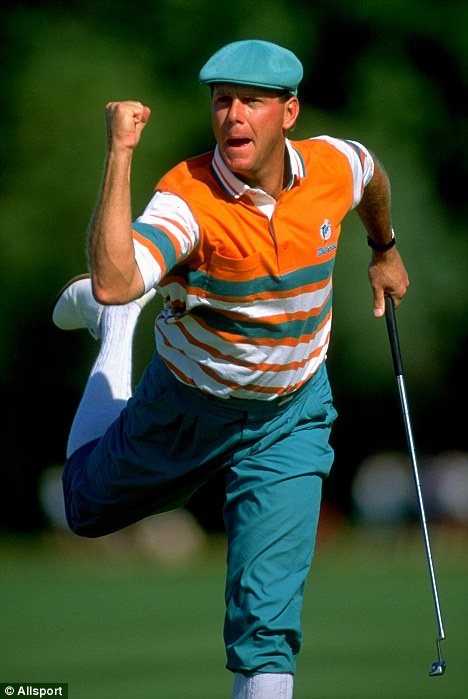


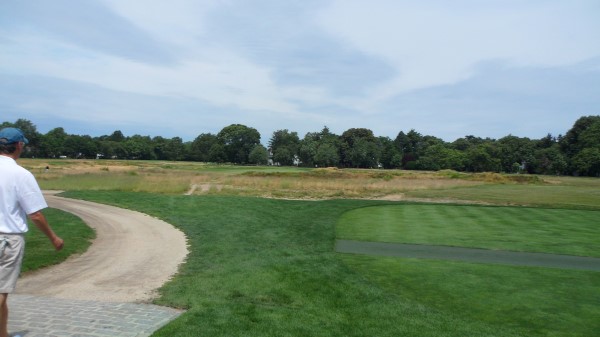
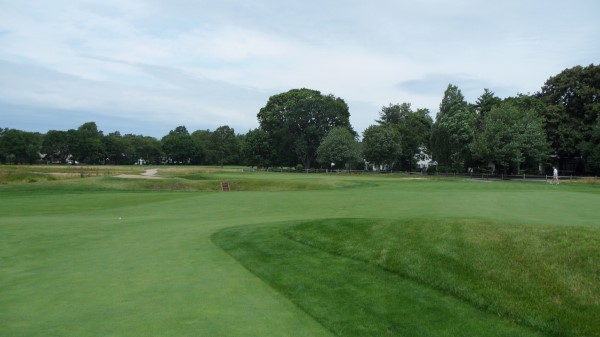
 Architect: C.B. MacDonald / Seth Raynor
Architect: C.B. MacDonald / Seth Raynor





